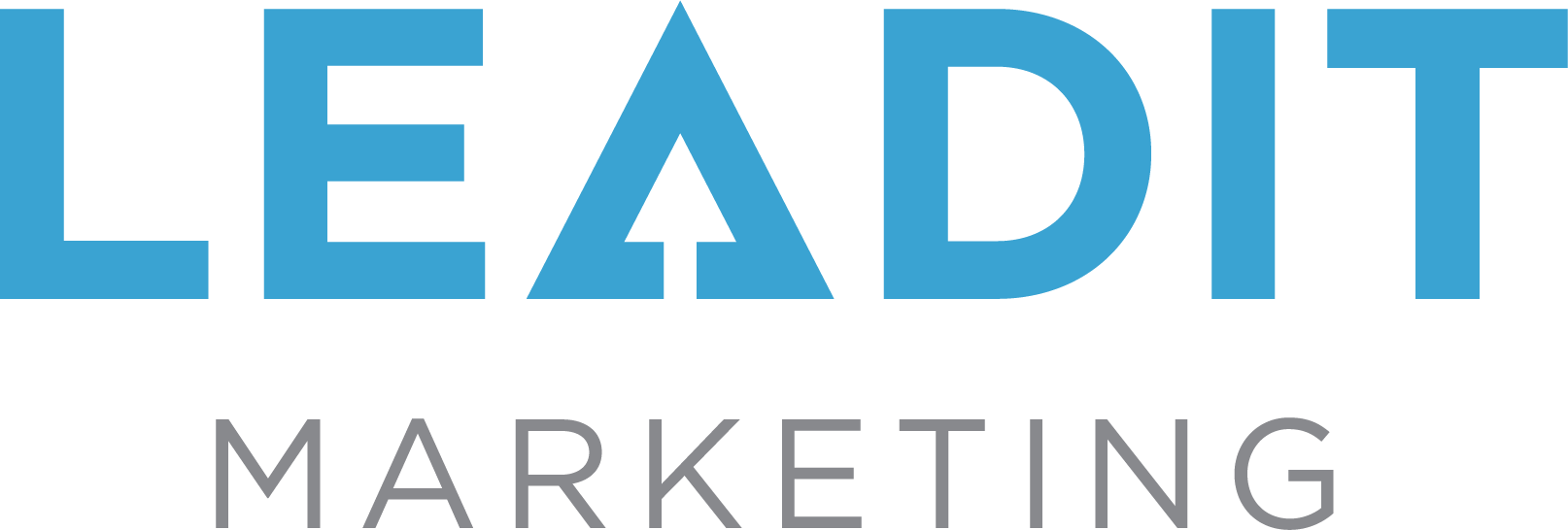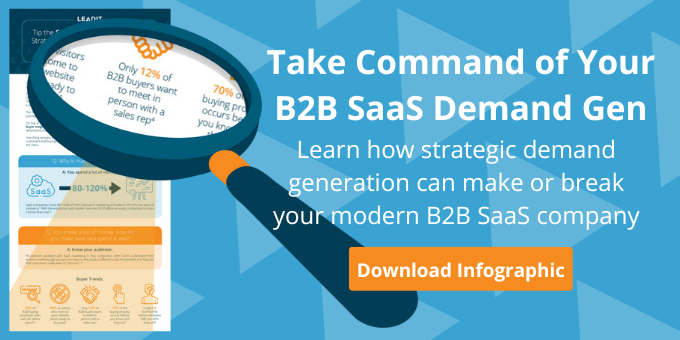8 Power Tips On How to Optimize Conversion Rates
Creating irresistible calls to action is the key to capturing leads. Here’s a short primer on how to optimize conversion rates using current best practices, including eight power tips you probably haven’t tried yet.
Before showing how to optimize conversion rates for your website or mobile platform, let’s define what we mean by “conversion.”
“Conversion” is getting a visitor who’s landed on your website or landing page to follow through with an affirmative next step into your sales process.
Few marketing teams put a concentrated focus on getting more from existing traffic. That’s where conversion rate optimization (CRO) comes in. Conversions can occur all over your website — on the homepage, pricing page, blog, and landing pages. And every one of these can be optimized for a higher rate of click-throughs.
The process of optimizing a buyer’s path to taking that affirmative next step is the heart of CRO.
Why spend resources on CRO? Why not focus on increasing visitor traffic?
CRO is a huge, often untapped opportunity for marketing teams, and you might be surprised by the oversized impact you could deliver by fine-tuning your website for conversions, versus re-working multiple pages or overhauling the whole website to improve SEO.
You can end up spending a lot more on the front end trying to attract more traffic to your site, without generating a commensurate increase in marketing-qualified leads. Conversion rate optimization is about getting more from what you have, and making it work even better for you.
And some of it doesn’t take all that much work, either.
Conversions come in many forms.
Conversion can take many forms, depending on your business model and what it is you sell. Some examples of lead-generating conversions include:
- Making a phone call to Sales
- Signing up for a free subscription
- Enrolling in a webinar
- Requesting a product demo
- Downloading informative content you’ve produced (which should include its own CTAs)
And, of course, there are your ultimate conversion goals:
- Making an online purchase
- Entering a services agreement
- Buying a paid subscription
This is not an exhaustive list, but these are the most common types of conversion goals.
Now that you know what CRO is about and why it’s a smart strategy, here is a list of tips from top conversion experts on how to optimize conversion rates.
1. Dynamic, descriptive wording on CTA buttons encourages more clicks.
Some tried and true phrasing for calls to action favored by marketers continue to outperform the traditional “Submit” button. (When you think about it, how many customers are happy to “submit” to something??)
Dynamic phrases that have proven their value over time are things like
- Find Out More
- Sign Up Now
- Request A Quote
- Download The Free Guide
- Get Help Deciding
- Start Your Free Trial
Some marketers take this a step further with cute wording, such as “Gotta Have It Now!”, or “Hit Us Up.” Depending on the hipness of your company’s persona and image, this can work well for engaging a certain type of buyer.
2. Remember Seth Godin and “The Big Red Fez.”
Seth Godin, one of America’s most colorful marketing gurus, wrote a book called The Big Red Fez. His thesis was that every page on a business’ site should have something that is as obvious as a red fez on a monkey, telling people what to do next. In other words, your Call to Action link has to visually stand out on the page.
3. Help your web visitors overcome “Banner Blindness.”
Banner blindness is a very real phenomenon as people become accustomed to ignoring banner-like information on websites. This lack of attention, coupled with the fact that website visitors don’t always read to the bottom of a blog post, argues for more strategic use of inline text, such as this example:
Get personalized advice on how to optimize conversion rates for your business from one of Leadit’s friendly marketing experts.
This standalone line of text is also styled as an H3 tag, using the keyword assigned to this article. Notice how quickly it got your attention with this one styling change.
In HubSpot’s limited test of 10 blog posts, regular end-of-post banner CTAs contributed an average click-through rate of just 6%, of leads that the blog posts generated, whereas up to 93% of a post’s leads came from an anchor text CTA similar to the one above.
4. Use a clear headline.
Next to that Red Fez of a CTA, a clear and compelling headline is elemental. Make sure it’s enticing, succinct and points out the benefits of taking that next step. (“Learn How to Avoid the Most Common Mistakes in Real Estate Investing.”)
5. Keep testing until your formula is perfect.
If CRO is key to lead generation, then A/B testing is key to CRO. But what should you A/B test? Hubspot has made it easy to test variants and eke out more conversions through inspecting every element on a page that can impact conversions. You can quickly and easily test website copy, content offer, image, form questions, and page design. Check out these tips for effective A/B testing and their A/B testing calculator.
6. Enable the cream to rise to the top.
Some leads are more motivated than others, and want to get straight to talking to a sales rep. You want to make that path as straight and short as you can, once their responses start indicating they’re ready to buy.
Figure out which ports of entry into your sales process generate the most customers – Webinar signups? Newsletter subscribers? Demo requesters? Then, optimize CTAs for that process, at the appropriate portals. It could be as simple as strategic placement of an email link or phone contact for sales, or something slightly more complex like installing an online chatbot (see below).
7. Go live with your best prospects with on-page instant messaging.
To increase conversions, you can add messaging capabilities to your best-performing web pages, such as pricing or product pages, whose visitors are already indicating buy-motivated behavior.
You can also make chatting action-based. For example, if someone has spent more than a minute on the page, you can set it up to automatically offer to help and answer any questions they may have.
8. Make full use of your marketing automation tools.
Finally, you can incorporate several CRO best practices by making full use of the tools available in your existing marketing automation platform.
There are many kinds of automated workflows you can create that make it easier for your sales team to close more deals.
For instance, you can send emails on behalf of sales reps, so leads can book a meeting with them with one click. You can set it up so that sales reps can receive an instant notification when a lead takes a high intent action, such as viewing the pricing page on your website. If you work in ecommerce, you can send an email to people who abandon their shopping cart. This automated approach to CRO is a good way to keep potential high value leads from slipping through the cracks.
Leadit Marketing can show you how to make the best use of many tools already at your disposal when it comes to optimizing conversions. Contact us if you’d like some help.











